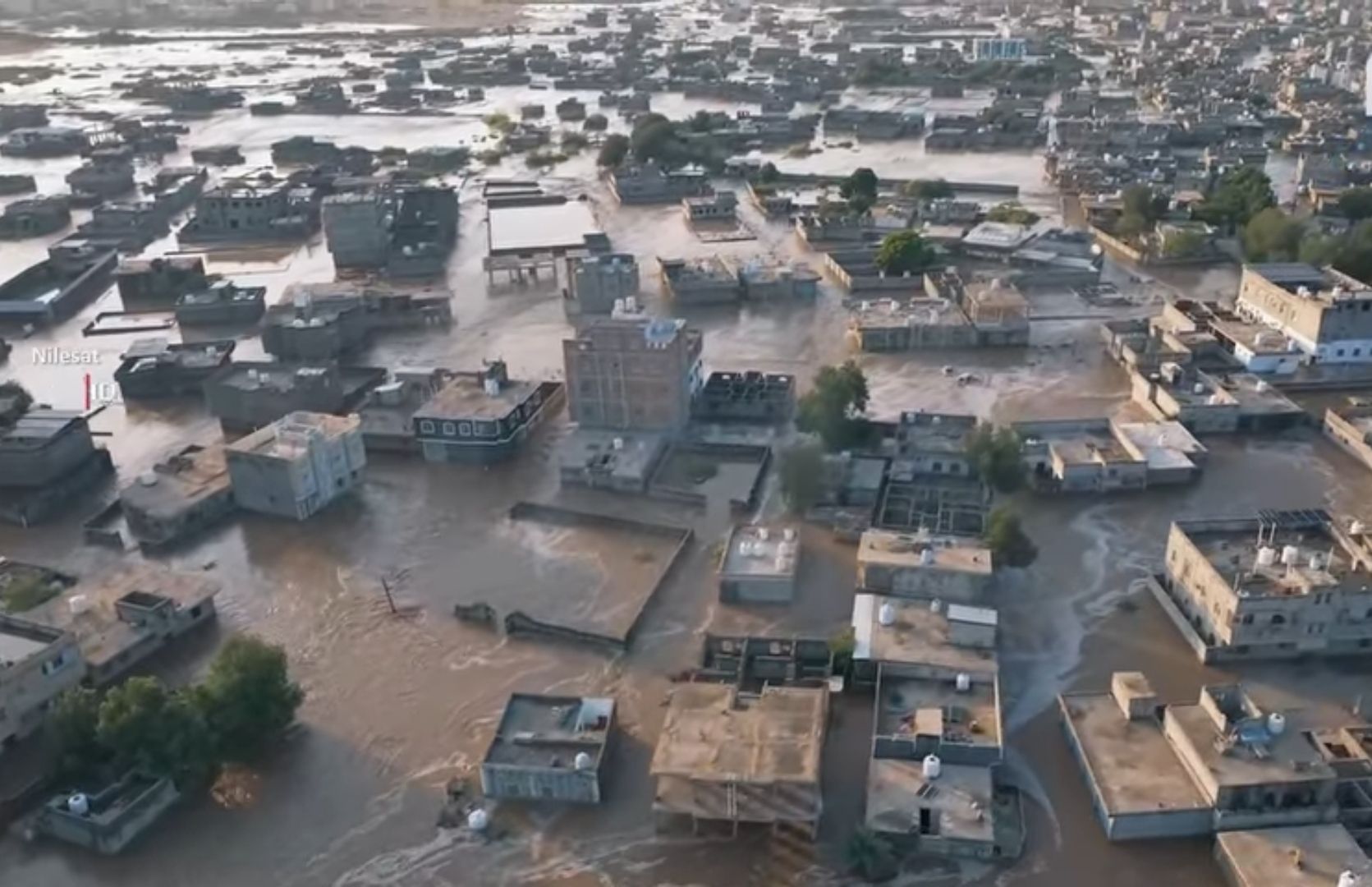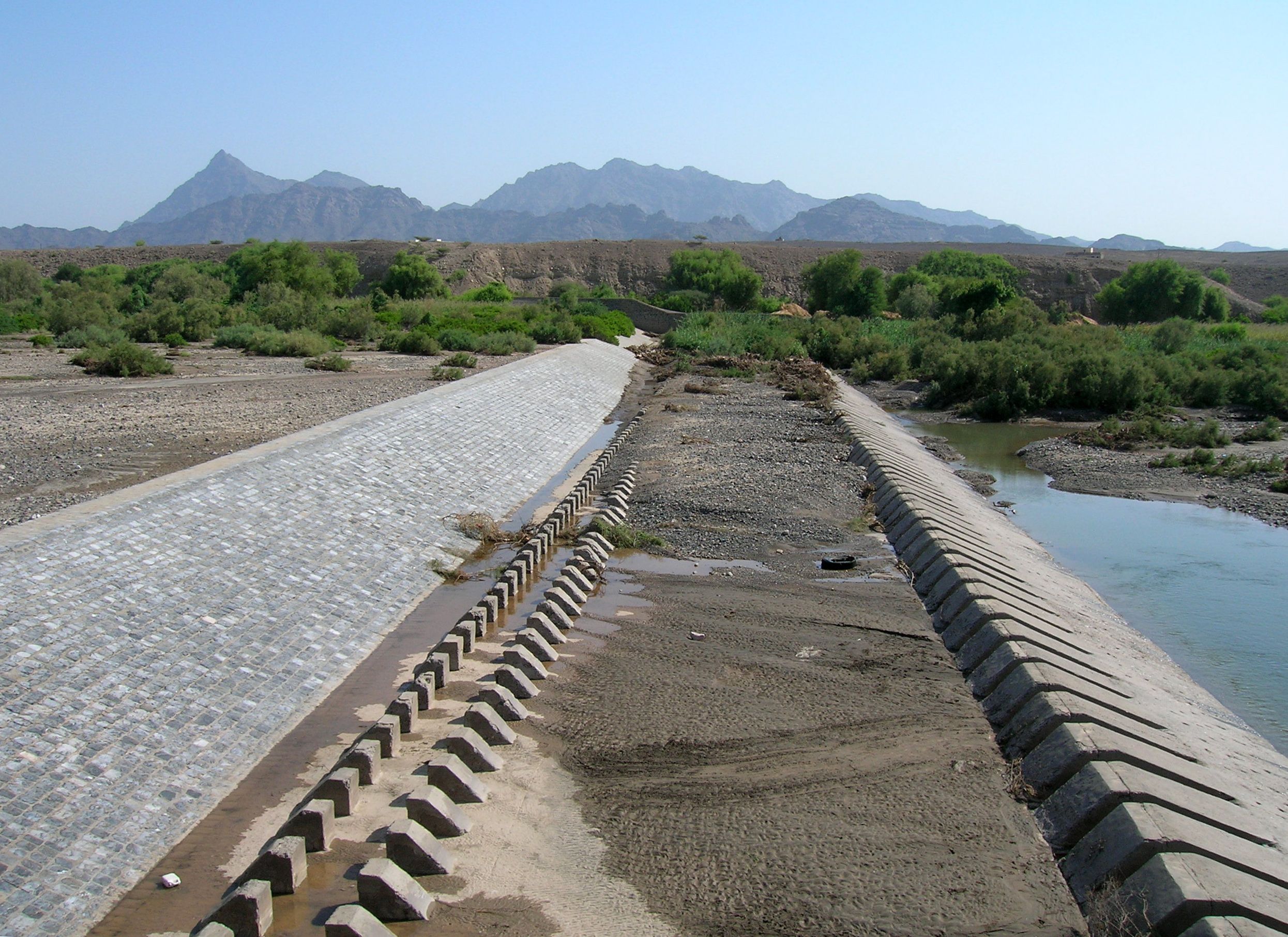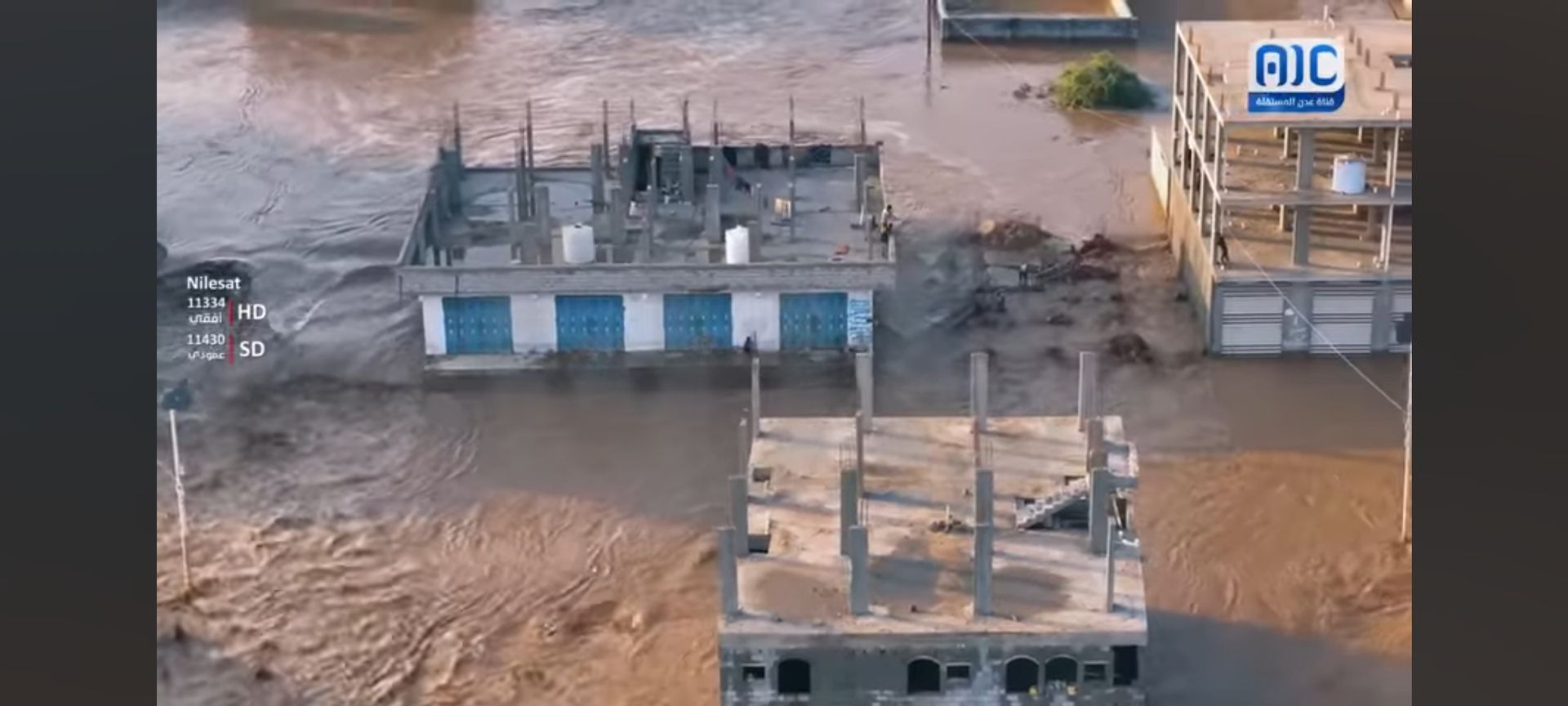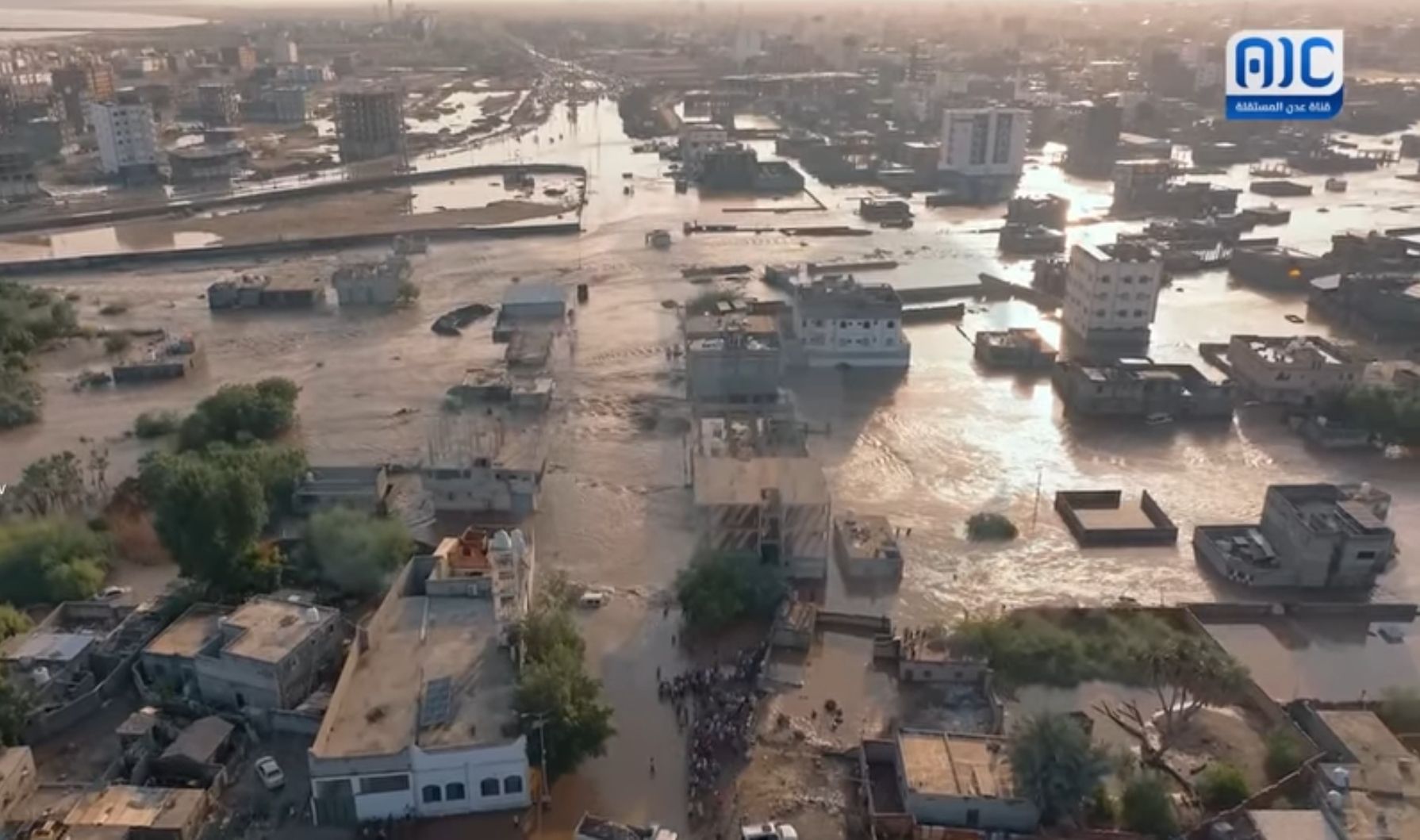Natural Desisters in Yemen: Challenges and Solutions 2025
Yemen, a country known for its rich history and cultural heritage, faces significant challenges due to natural disasters mostly floods , drought among others. These disasters have intensified in recent years, causing widespread devastation and hardship. As we approach 2025, understanding these challenges and exploring potential solutions is crucial for the country's resilience and recovery.
Yemen's ability to mitigate the effects of natural disasters is severely hampered by a lack of resources, a problem exacerbated by the ongoing conflict. The diversion of funding and attention away from disaster preparedness and response leaves the country highly vulnerable. Additionally, a scarcity of data and research on disaster patterns makes it difficult to plan effectively.

The Impact of Natural Disasters
Natural disasters in Yemen, such as floods, droughts, and cyclones, have a profound impact on the population. These events often lead to loss of life, displacement of communities, and destruction of vital infrastructure. The economic cost is staggering, with many families losing their homes and livelihoods. In many parts if the country many casualties occurred dur to floods and other disasters that caused HHs to lose their source of income and productive assets that accumulated the suffering. Displacement of communities frm many parts of the country to saver cities and places add a burden on families and governments and hostong community. In a situation of the country facing economic and political unrest ,this can lead to many social issues.
Floods and Their Consequences
Flooding is one of the most common natural disasters in Yemen. Torrential rains can lead to catastrophic floods, particularly in urban areas where drainage systems are inadequate. The aftermath often involves outbreaks of waterborne diseases, further straining the already fragile healthcare system. In August 2025 in Aden a district of Alburyqa has fully flooded ss part of the vallies flowbtonAden that caused local houses stank and hhs including women and children chocked. The flooding, which was described as the worst the area has seen in decades, caused significant damage and hardship.The floods resulted in casualties, with reports of at least two fatalities and several injuries. Hundreds of families were displaced, with many forced to evacuate as floodwaters submerged their homes. Rescue teams, including the Security Belt Forces, worked to assist trapped residents.

Challenges in Addressing Natural Disasters
One of the primary challenges in mitigating the effects of natural disasters in Yemen is the lack of resources. The ongoing conflict has diverted attention and funding away from disaster preparedness and response. Additionally, there is a lack of data and research on disaster patterns, making it difficult to plan effectively.
The majority of national and international aid is directed toward immediate humanitarian needs like food, water, and medical care for conflict-affected populations. This leaves little to no budget for long-term investments in disaster-resilient infrastructure. For example, funds that could be used to build flood-control systems, reinforce bridges, or create early-warning networks are instead used to provide emergency food aid.
The country also lacks trained personnel and specialized equipment for search and rescue operations, as well as for post-disaster recovery. Local civil defense and emergency services are often under-equipped and overwhelmed by the scale of natural disasters, such as the recent floods in Aden.
There is a scarcity of monitoring stations for meteorological data, such as rainfall and wind speed, making it difficult to predict flash floods or cyclones accurately. This means that communities often receive little to no warning before a disaster strikes.
Additionally, there is Inadequate Mapping. Detailed hazard maps, which identify areas at high risk of landslides or flooding, are often outdated or nonexistent. Without this information, it's challenging to prioritize infrastructure projects or relocate vulnerable communities. For example, rebuilding efforts after a flood may be directed to the same high-risk areas, leading to a cycle of destruction.
The continuous conflict and displacement have disrupted governmental and institutional functions, leading to a loss of institutional memory and expertise in disaster management. This makes it hard to learn from past events and improve future responses.
Infrastructure Weaknesses
The weaknesses in infrastructure exacerbate the impact of natural disasters. Many roads and buildings are not constructed to withstand extreme weather conditions. This not only increases the risk of damage during disasters but also hampers relief efforts afterward.

Strategies for 2025 and Beyond
To address these challenges, Yemen needs to implement comprehensive strategies that focus on both immediate relief and long-term resilience. International cooperation and investment are essential in building a robust disaster response framework.
Community-Based Solutions
Empowering local communities can play a significant role in disaster preparedness. Training programs that educate citizens on emergency response and first aid can save lives. Furthermore, involving community leaders in planning processes ensures that local needs and knowledge are incorporated into disaster management strategies.

The Role of Technology
Technology offers promising solutions for disaster management in Yemen. Early warning systems using satellite data can provide timely alerts, allowing for quicker evacuations and preparations. Additionally, mobile technology can facilitate communication among relief agencies and affected populations.
Investment in Sustainable Infrastructure
Sustainable infrastructure is critical for reducing the impact of natural disasters. Investing in resilient construction techniques and materials can prevent buildings from collapsing during earthquakes or storms. Furthermore, enhancing water management systems can mitigate the effects of floods and droughts.
- Developing early warning systems using satellite technology
- Investing in resilient infrastructure
- Enhancing community preparedness through education
- Improving coordination among international and local agencies
By focusing on these strategies, Yemen can build a more resilient future, safeguarding its population from the devastating effects of natural disasters.
